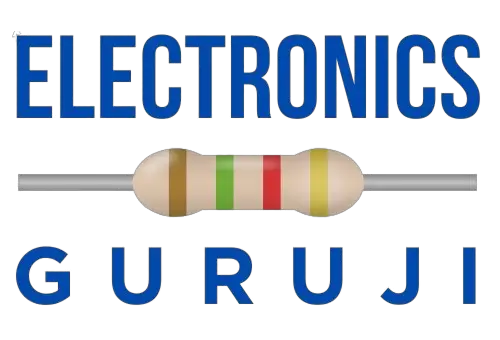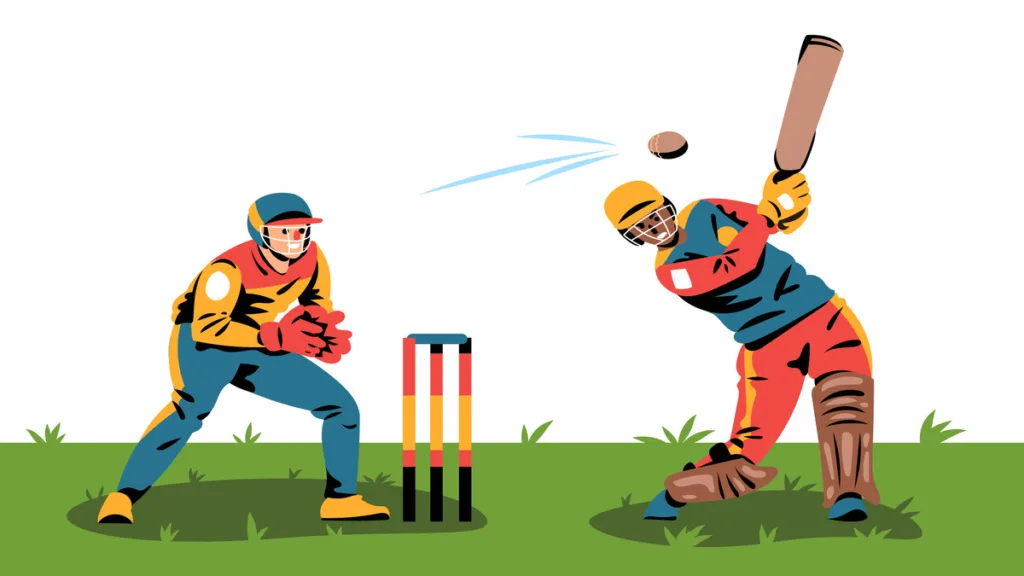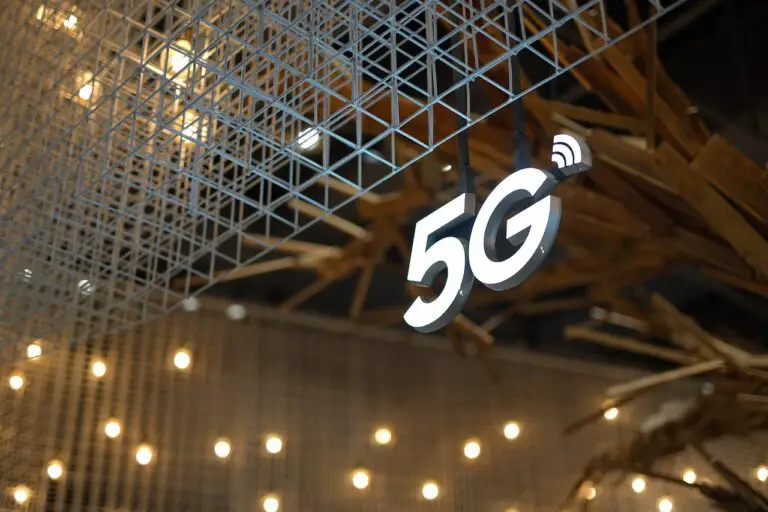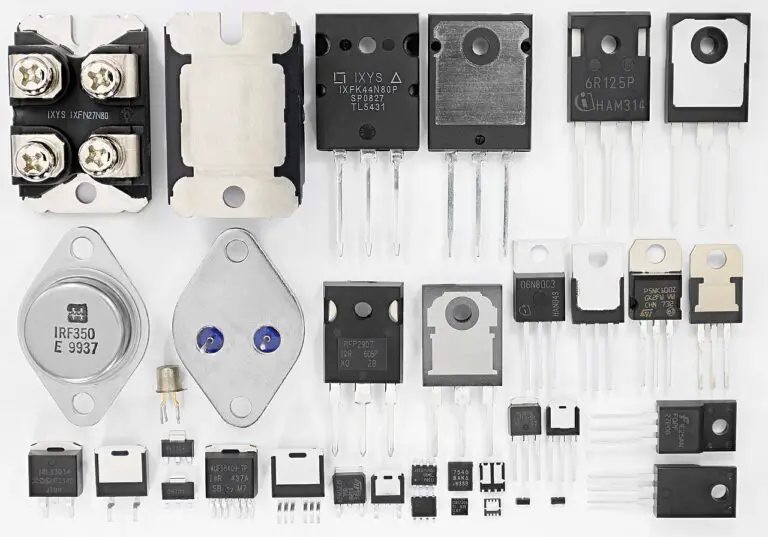The Indian Premier League (IPL) has not only revolutionized cricket but has also pushed the boundaries of technological advancements in the sport. From cutting-edge camera systems to data analytics, the IPL has embraced various technologies to enhance the viewing experience for fans and improve the game’s fairness. In this article, we will explore the diverse range of technologies being used in the IPL and their impact on the world of cricket.
1. Introduction to IPL Cricket
The IPL, a professional Twenty20 cricket league, was introduced in 2008. Since its inception, it has become a global phenomenon, attracting players and viewers from all around the world. The IPL’s unique format, consisting of fast-paced matches and star-studded teams, has captivated cricket enthusiasts globally. To complement the thrilling on-field action, technology has played a pivotal role in ensuring an immersive and seamless experience.
2. Technologies being used
The latest technologies being used in IPL Cricket are:
2.1 Hawkeye Technology
Hawkeye, a renowned ball-tracking technology, has been instrumental in the IPL. Using multiple high-speed cameras, Hawkeye tracks the trajectory of the ball with remarkable precision. It assists in determining LBW decisions, analyzing the swing and spin of the ball, and providing insights into ball speed. Hawkeye has significantly improved decision-making accuracy, leaving minimal room for errors.
2.2 LED Stumps and Bails
Gone are the days of traditional wooden stumps and bails. In the IPL, LED stumps and bails have taken center stage. These technologically advanced stumps and bails light up when dislodged, ensuring better visibility for players, officials, and spectators, especially during night matches. The LED lights create a visual spectacle, enhancing the overall experience for everyone involved.
2.3 Spider Cam
The Spider Cam is a game-changer when it comes to capturing dynamic and aerial shots during IPL matches. Suspended on wires above the ground, this camera system moves along with the action, providing stunning views from various angles. The Spider Cam offers viewers a unique bird’s-eye perspective, bringing them closer to the heart of the game. It adds a cinematic touch to the broadcast, making it more engaging and immersive.
2.4 Umpire Decision Review System (UDRS)
The Umpire Decision Review System, commonly known as UDRS or DRS, has transformed the way decisions are made in the IPL. This technology allows teams to challenge on-field umpires’ decisions by using ball-tracking and predictive tools. UDRS has significantly reduced errors and increased the accuracy of decisions related to LBW, edges, and catches. It has added fairness and transparency to the game, reducing controversies.
2.5 Ball Tracking Technology
Ball tracking technology is a critical aspect of the IPL, providing comprehensive insights into the movement of the ball. With the help of advanced cameras, this technology tracks the ball’s trajectory, speed, and swing. These real-time data and visualizations are invaluable for commentators, analysts, and viewers. Ball tracking technology enriches the understanding of the game, enabling fans to appreciate the nuances of each delivery.
2.6 Snickometer
The Snickometer is an audio and visual technology that has become an integral part of the IPL. Designed to detect faint edges or nicks when the ball passes the bat, it combines audio sensors and high-speed cameras. The Snickometer captures the sound and movement of the ball to determine if there was any contact with the bat. It assists umpires in making accurate decisions, especially in cases where the naked eye might miss subtle touches.
2.7 Hot Spot
Hot Spot technology uses infrared cameras to detect faint heat signatures caused by friction between the ball and the bat. In the IPL, Hot Spot is used to determine whether there was an edge when the ball makes contact with the bat. The infrared cameras capture the heat generated by the friction, creating a visual representation of the impact. This technology is particularly useful in cases where the ball brushes the edge of the bat and is not easily detected by the umpires or players. Hot Spot adds another layer of accuracy to decision-making, ensuring fairness in the game.
2.8 Pitch Vision
Pitch Vision technology offers a unique perspective on the cricket pitch. It utilizes high-definition cameras strategically placed around the field to capture the trajectory of the ball from the moment it is released by the bowler. Pitch Vision provides real-time data on the speed, spin, and bounce of the ball. This information helps both players and coaches analyze the pitch conditions, adapt their strategies, and make informed decisions during the match.
2.9 Slow-motion and Ultra-motion Cameras
Slow-motion and ultra-motion cameras have become a staple in IPL broadcasts. These cameras capture the action at an incredibly high frame rate, allowing for detailed analysis of crucial moments in the game. From a bowler’s smooth delivery to a batsman’s elegant stroke, slow-motion and ultra-motion cameras provide viewers with a closer look at the intricacies of cricket. It enhances the viewing experience, enabling fans to appreciate the skill and technique of the players.
2.10 Player Tracking and Performance Analysis
The IPL leverages player tracking technology to monitor and analyze player performance. Through the use of wearable devices, such as GPS trackers and sensors, players’ movements and vital statistics are recorded during matches. This data is then analyzed to provide insights into player fitness, workload management, and performance metrics. Player tracking technology aids teams in optimizing training routines, formulating game strategies, and ensuring player well-being.
2.11 Data Analytics
Data analytics has emerged as a game-changer in cricket, including the IPL. Massive amounts of data are collected during matches, such as batting averages, bowling economy rates, and fielding statistics. Advanced analytical tools process this data to generate valuable insights. Teams can analyze trends, patterns, and player performance metrics to make informed decisions regarding team composition, match strategies, and tactical adjustments. Data analytics has revolutionized cricket’s approach to strategy and player development.
2.12 Virtual Reality (VR) and Augmented Reality (AR)
Virtual Reality (VR) and Augmented Reality (AR) technologies are transforming the way fans engage with the IPL. Through VR experiences, fans can immerse themselves in a simulated cricket environment, where they can virtually attend matches and even experience what it’s like to be on the field. AR, on the other hand, overlays digital information, such as player statistics or live scores, onto the real-world view, enhancing the spectator experience during matches. VR and AR technologies are creating new dimensions of fan engagement and interaction.
2.13 Drone Technology in IPL
Drones have found their way into the IPL, capturing breathtaking aerial shots of stadiums, matches, and surrounding areas. Equipped with high-definition cameras, drones provide unique angles and perspectives that were previously inaccessible. These aerial shots offer viewers a fresh and captivating view of the game, amplifying the visual experience. Drone technology has become a valuable addition to the IPL’s broadcast production, adding a touch of grandeur to the overall presentation.
3. Conclusion
The IPL has embraced a wide range of technologies that have transformed the game of cricket. From ball-tracking systems to virtual reality experiences, these innovations have enhanced the sport’s fairness, entertainment value, and strategic development. As technology continues to advance, the IPL remains at the forefront, exploring new possibilities and pushing the boundaries of what is possible in the world of cricket.
4. FAQs
Q. How has technology improved decision-making in the IPL?
A. Technologies like Hawkeye, Snickometer, and ball-tracking systems have significantly improved decision-making accuracy, especially in cases of LBW, edges, and catches.
Q. How does data analytics benefit IPL teams?
A. Data analytics provides teams with valuable insights into player performance, helps identify patterns, and assists in strategic decision-making, ultimately leading to improved performance on the field.
Q. Can fans experience IPL matches through virtual reality?
A. Yes, virtual reality technology allows fans to immerse themselves in simulated cricket environments, virtually attending matches .
Q. What is the role of drones in the IPL?
A. Drones capture aerial shots of stadiums and matches, offering unique angles and enhancing the visual experience for viewers.
Q. How has technology enhanced the fan experience in the IPL?
A. Technology has brought fans closer to the action through augmented reality overlays, providing real-time updates, player statistics, and interactive elements during matches. Additionally, virtual reality experiences offer fans an immersive way to engage with the game.







